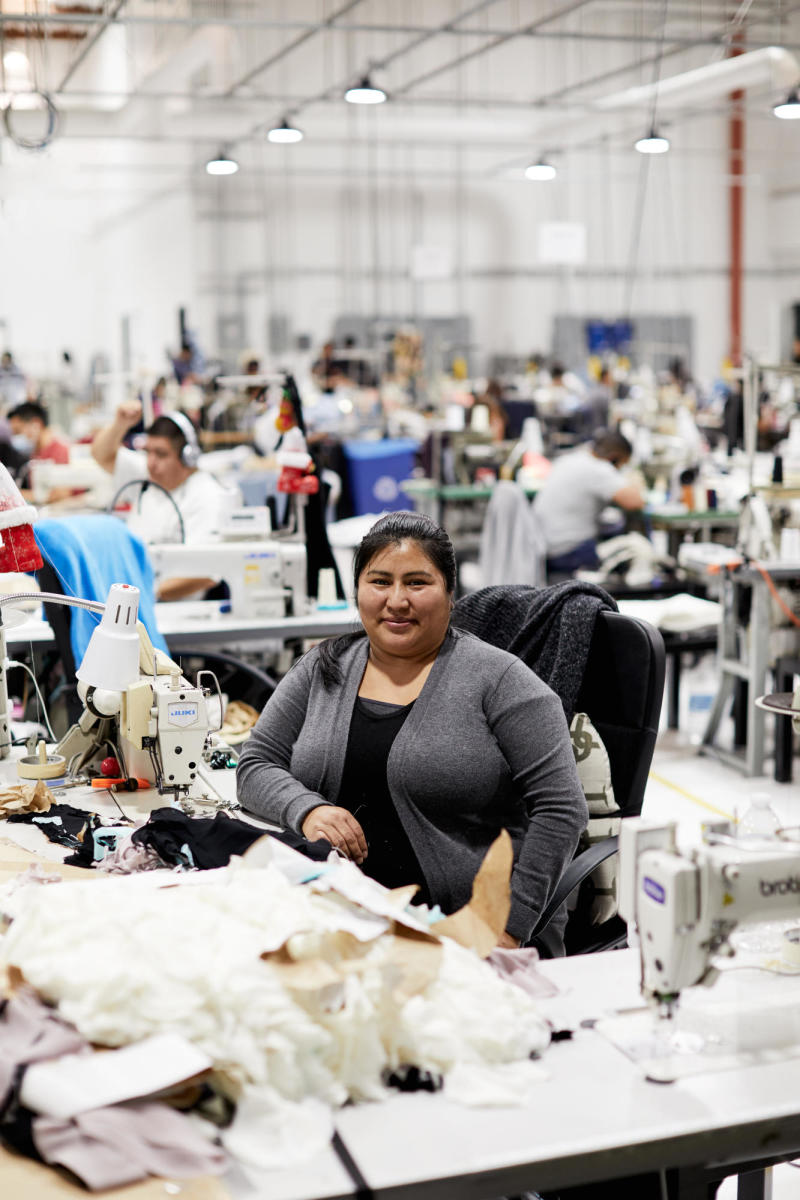How Do Garment Workers In L.A Want To Be Paid?

Share This Article
What do the people who make our clothes have to say about how they’re being paid? A garment workers center in L.A interviewed garment workers to ask whether they prefer PIECE RATE or MINIMUM WAGE.
#WhoMadeMyClothes was a rising hashtag on social media several years ago, when labor rights advocacy groups posed questions to consumers about the people who stitch, sew, and dye the clothes filling our closets. Now these same groups are taking it one step further. They’re handing the mic to garment workers asking them how they’d like to be paid. This past month, a garment workers center based in Los Angeles interviewed garment workers in the city fashion district to ask them whether they prefer PIECE RATE or MINIMUM WAGE.
For context, piece rate is a payscale where factories are able to work around meeting minimum wage by paying garment workers per piece versus hourly. Obviously, being able to sew 16 items per hour ($16 is California’s minimum wage) is an unrealistic expectation for many garment workers. As a result, in the U.S. this model has resulted in wages as low as $1.58 per hour.
To protect workers against wage exploitation, the Garment Worker Protection Act, went into effect in January 2022. It brought about a sweeping legislative change to protect garment workers from being paid less than minimum wage. According to the bill:
“Employees engaged in garment manufacturing must be paid an hourly rate not less than the minimum wage. They cannot be paid a piece rate. Employers that pay the piece rate and manufacturers that contract with them will be liable for compensatory damages of $200 per employee per pay period.”
While The Garment Worker Protection Act implementation has begun, garment workers in California still experience both types of pay — per piece or minimum wage. The Garment Worker Center spoke with workers to find out what system seemed better for them.
